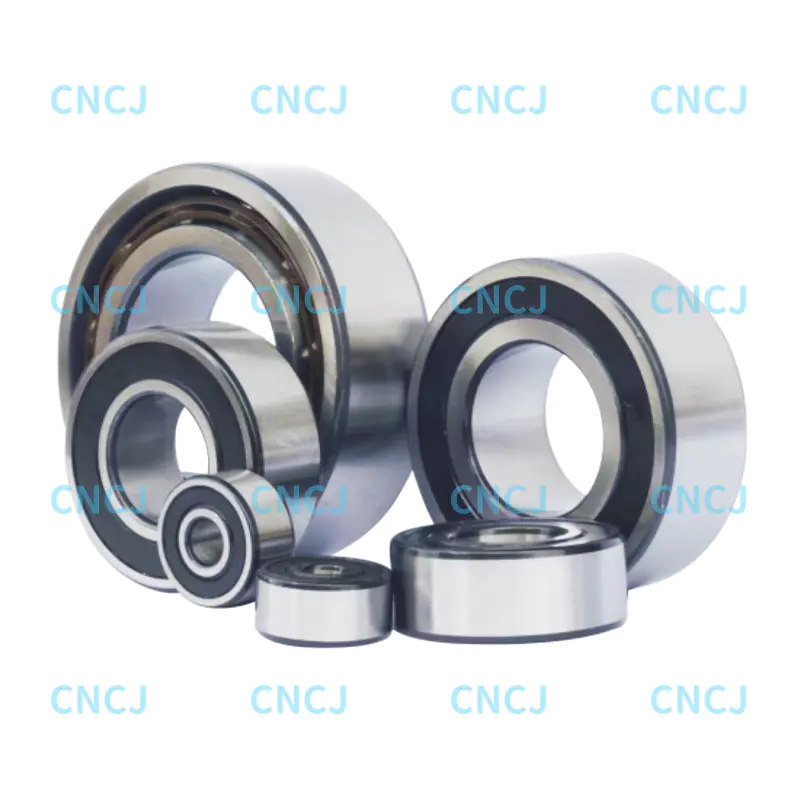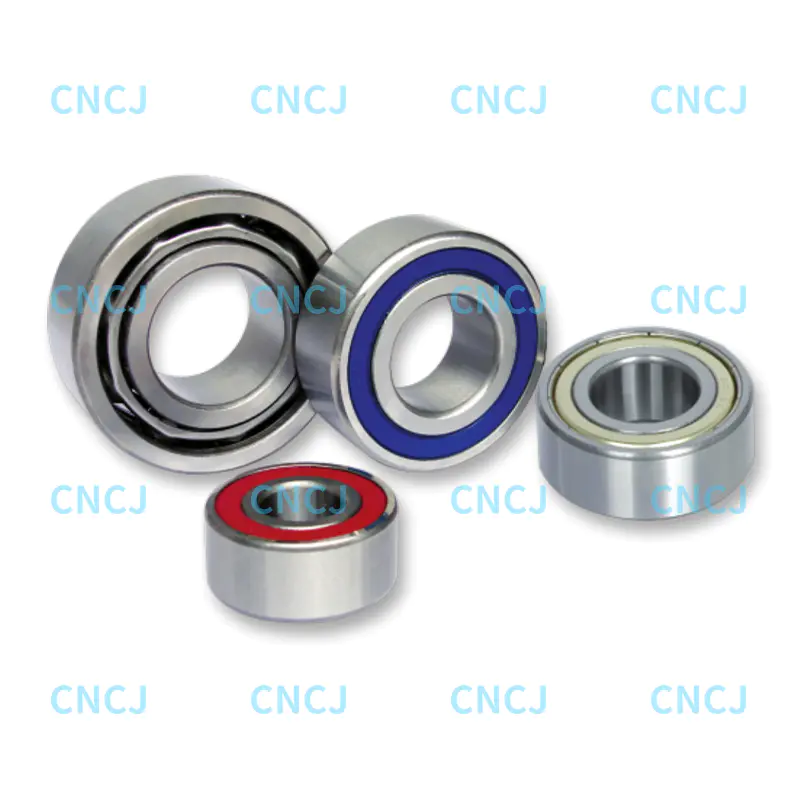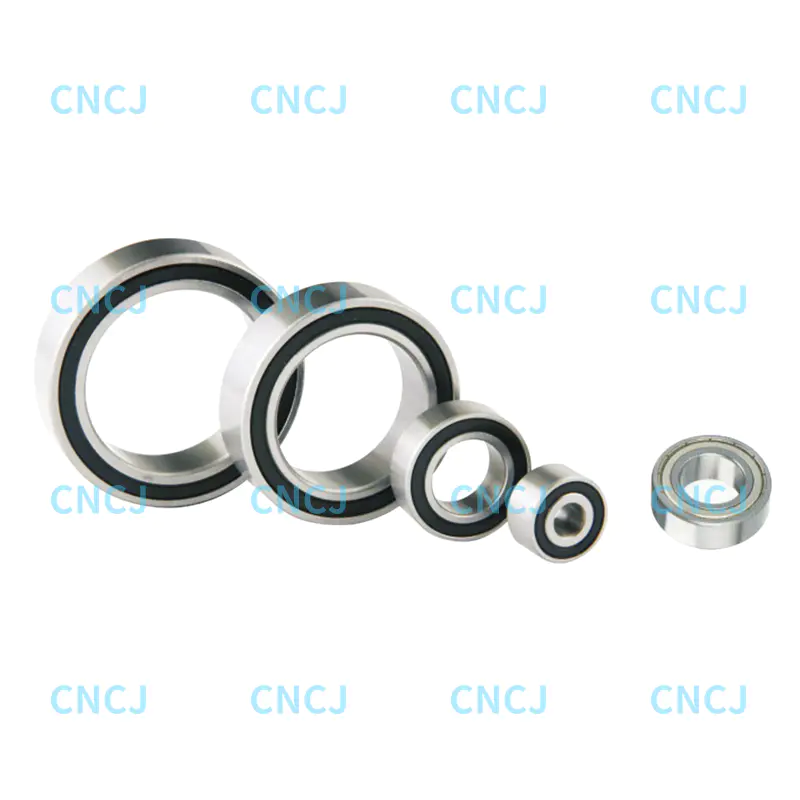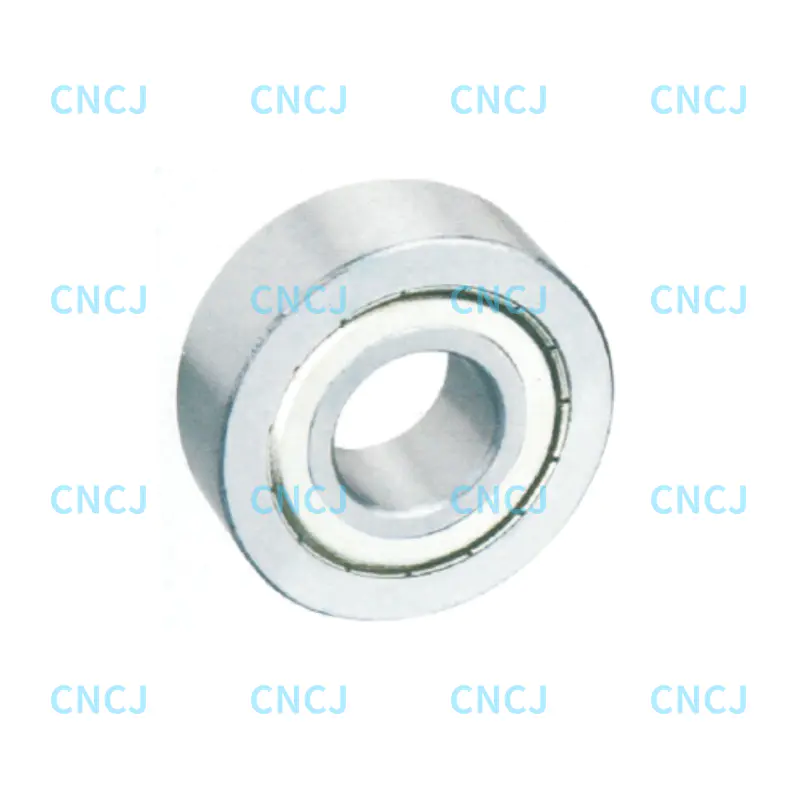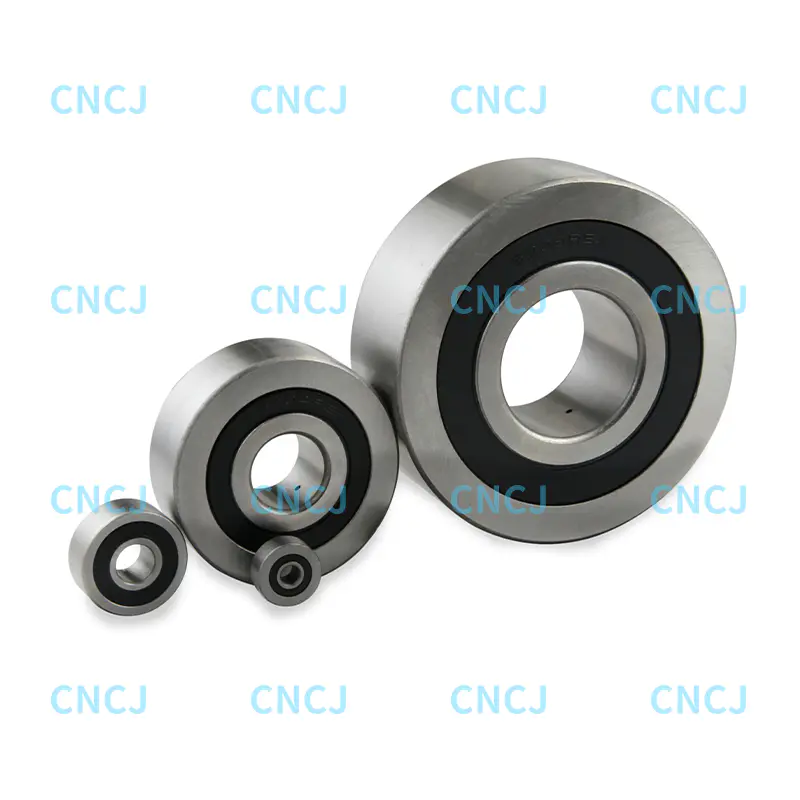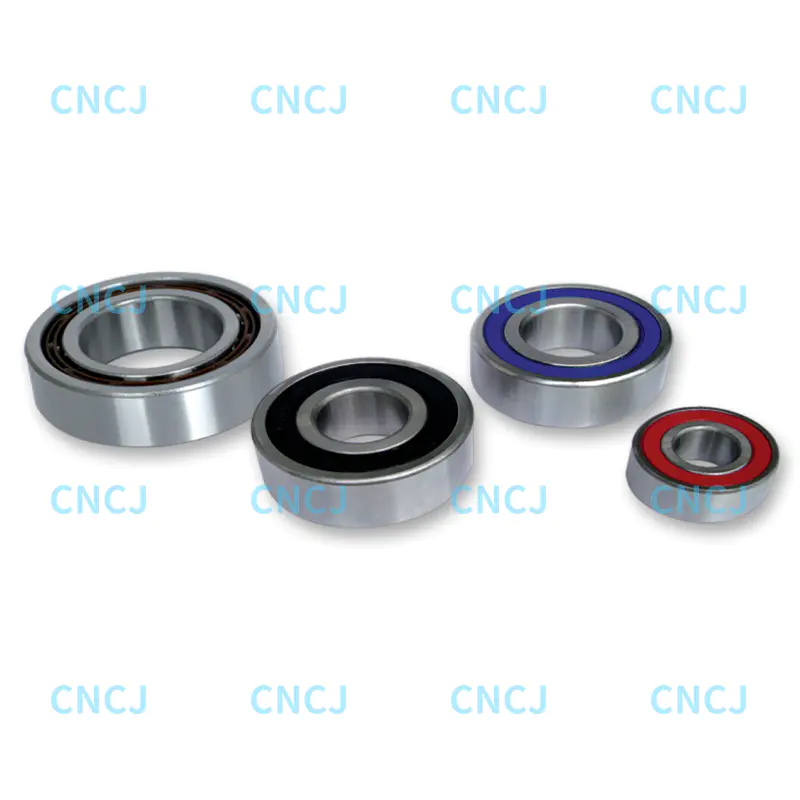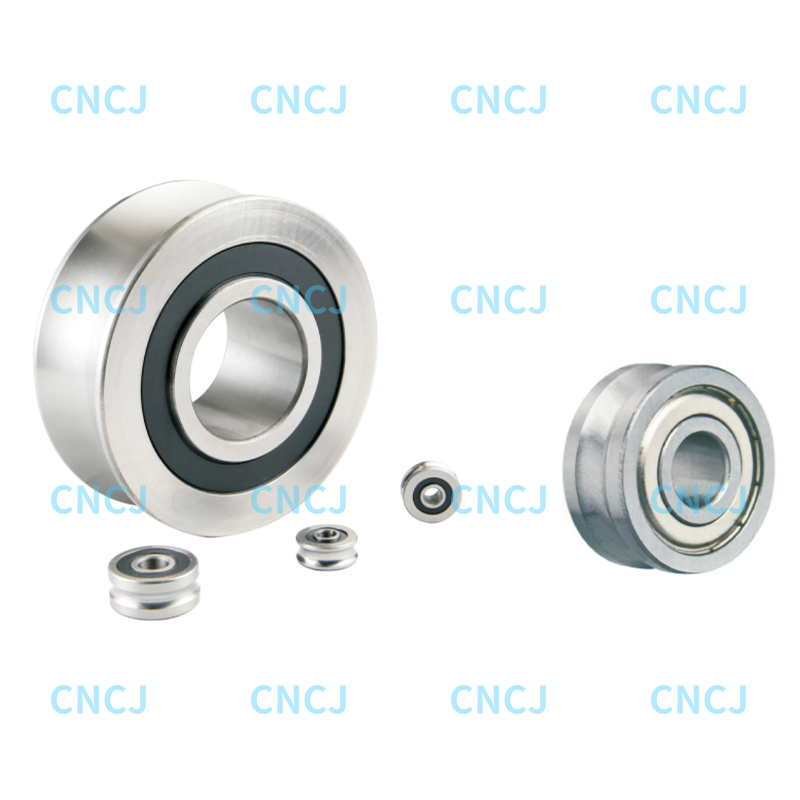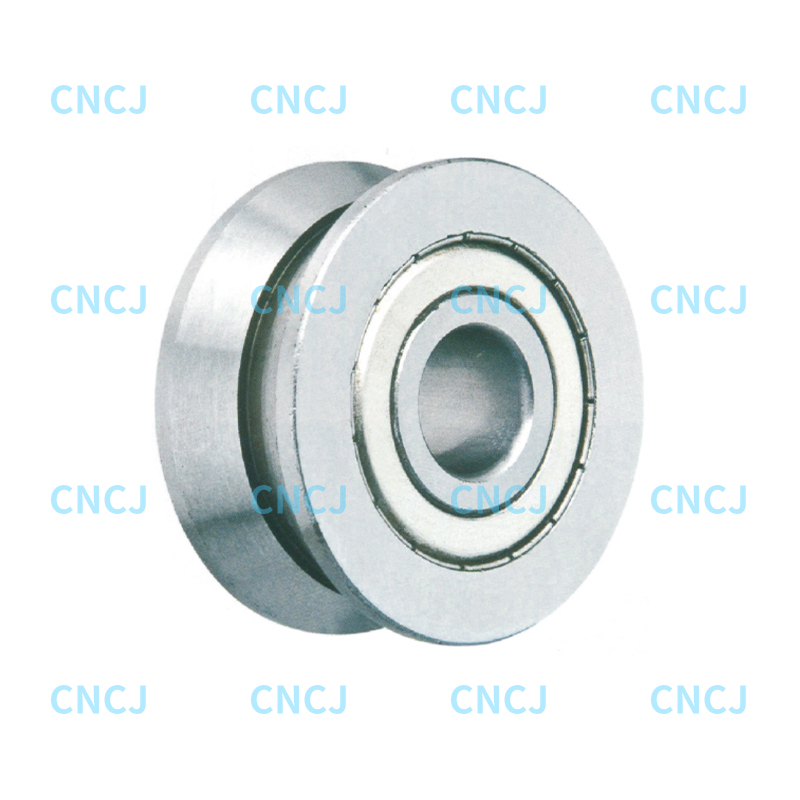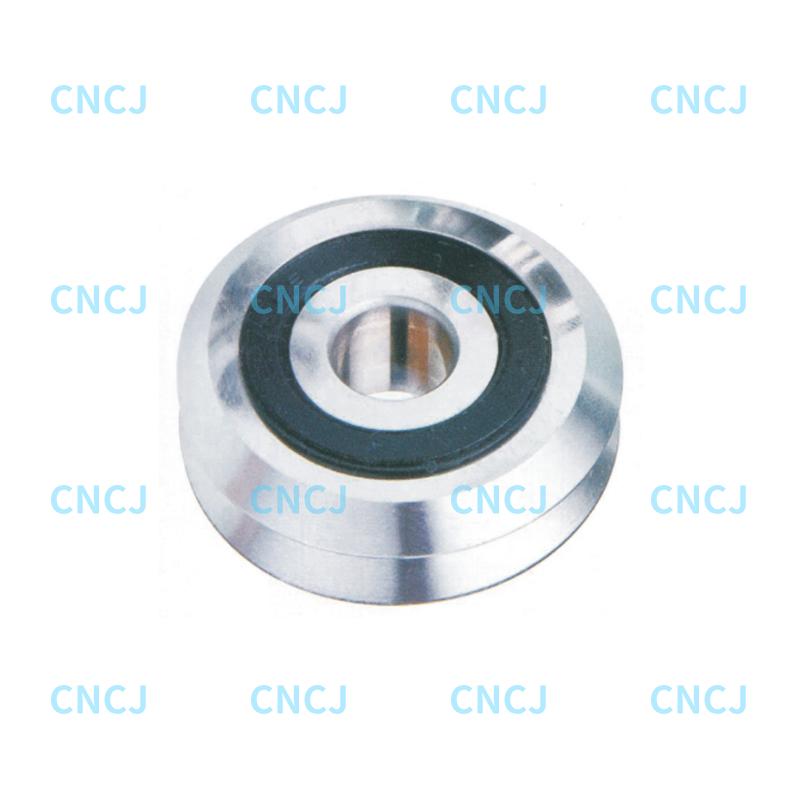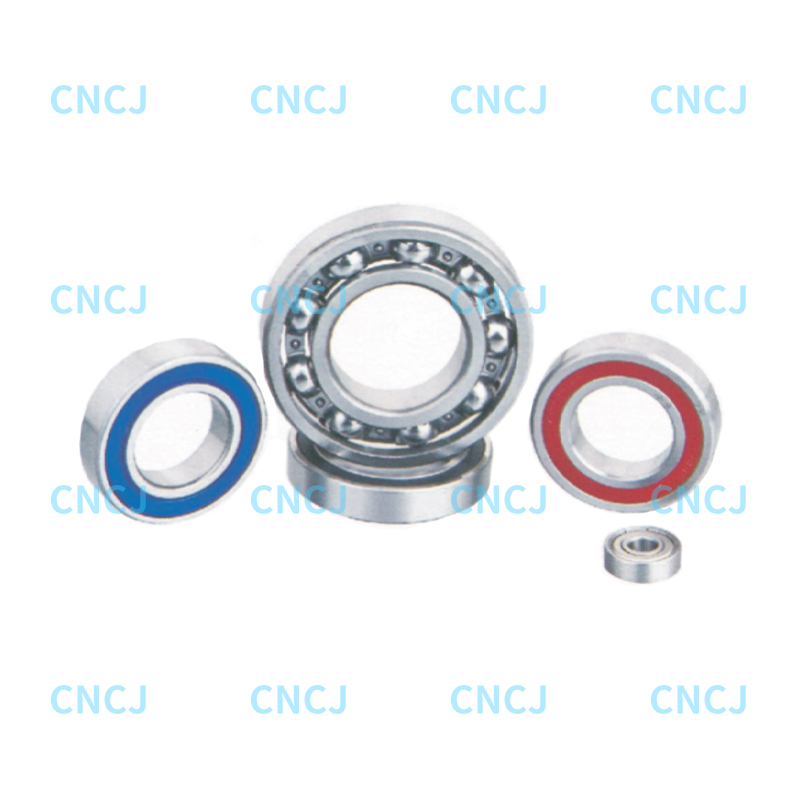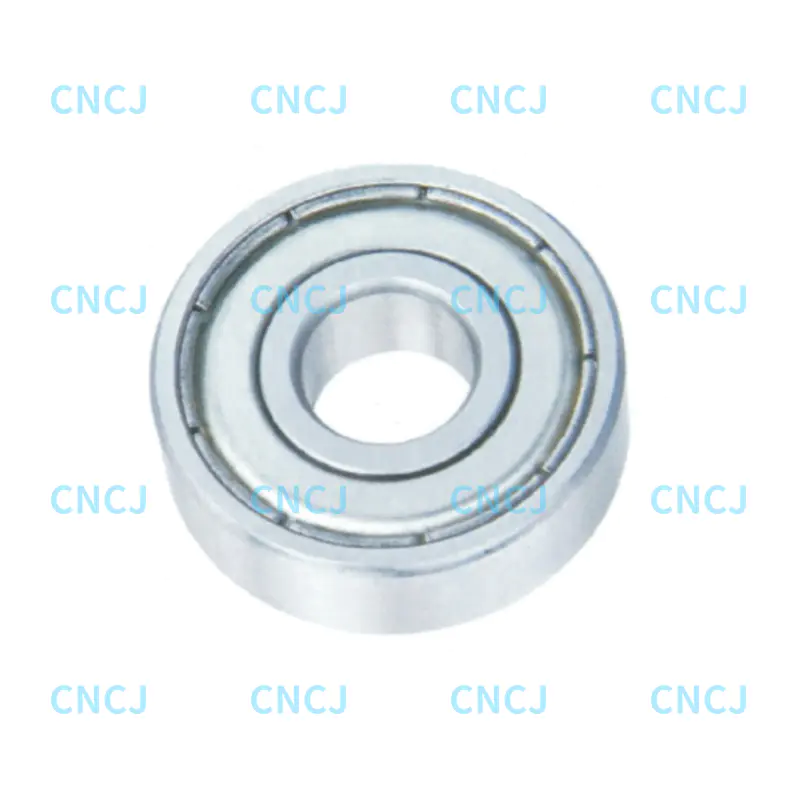As the core supporting components in rotating machinery, Inch Series Deep Groove Ball Bearings play an irreplaceable role in key fields such as aerospace, precision instruments and special equipment. Compared with metric bearings, Inch bearings meet the stringent requirements of specific industrial scenarios with their unique size system and performance characteristics.
1. The role and characteristics of Inch Deep Groove Ball Bearings
Inch series deep groove ball bearings are rolling bearings designed and manufactured according to inch size standards. They complement common metric bearings and occupy an important position in specific industrial fields and traditional equipment. This type of bearing retains the basic characteristics of deep groove ball bearings, while adapting to the requirements of the Inch system in terms of size series, tolerance fit and structural details, providing an irreplaceable standardized solution for the North American market, aerospace and traditional equipment maintenance.
The size standard system constitutes the most significant external feature of Inch bearings. Unlike metric bearings, which use millimeters as the basic unit, imperial bearings use fractional or decimal inches as specifications. Common inner diameters range from 1/8 inch (0.125 inch) to 6 inches, with a standard sequence of 1/16 inch increments. For example, the bearing model R6 corresponds to an inner diameter of 0.375 inches (3/8"), an outer diameter of 0.875 inches, and a width of 0.281 inches. This size system forms a natural fit with the imperial shaft diameter and bearing seat hole, avoiding the conversion error when metric bearings are used on imperial equipment.
The structural design features reflect the adaptability of imperial bearings to specific application scenarios. A typical imperial deep groove ball bearing consists of four core components: an outer ring, an inner ring, a steel ball, and a cage, but there are differences in details compared with similar metric products: the outer ring usually has no retaining groove or a sealing cover installation groove to maintain a more complete structural strength; the inner ring rib height is relatively increased by 5-8% to provide better axial guidance; the number of steel balls is 1-2 less than that of the same size metric bearing, but the diameter is increased by 3-5% to compensate for the difference in load capacity. These design features enable imperial bearings to perform well under high-speed conditions. Some special models also use a double-row ball design (such as the LL series) to achieve higher load capacity in a limited space and meet the compact requirements of engineering machinery.
The material and heat treatment process determine the performance of imperial bearings. Energy limit. Aerospace-grade imperial bearings use vacuum degassing smelting technology, oxide inclusions are controlled at DS ≤ 0.5, and the total amount of non-metallic inclusions is ≤ 0.05%, which is much higher than the purity standard of ordinary metric bearings. In terms of heat treatment, imperial bearings generally use a double quenching process: the first quenching obtains a fine-grained martensitic matrix (hardness 62-64HRC), and the second quenching adjusts the residual austenite content (controlled at 5-8%), which improves dimensional stability by more than 50%. For corrosive environments, the imperial series has developed 440C stainless steel shafts The chromium content of the bearing is 16-18%. Through special aging treatment, the hardness is maintained at 58-60HRC, which is both corrosion-resistant and wear-resistant.
The characteristics of industry applications show the market positioning of imperial bearings. In the North American industrial system, imperial bearings are still the dominant choice for traditional equipment. For example, the transmission systems of agricultural machinery and engineering vehicles generally adopt the imperial series. In the aerospace field, some inherited designs of Boeing and Airbus still use the imperial bearing standard. For example, the inner diameter of large tapered roller bearings used in aircraft landing gear is often incremented by 1/8 inch.
2. Working principle and mechanical properties
The mechanical behavior and working principle of the inch series deep groove ball bearings are based on the basic theory of rolling bearings, but their special size system and structural design give them unique performance characteristics. Understanding these mechanical properties is crucial to the correct selection and development of the potential of inch bearings. From contact mechanics to kinematics, from load distribution to failure mechanism, the working principle of inch deep groove ball bearings is a complex system of multi-physical field coupling.
The kinematic characteristics determine the speed limit of inch bearings. When the bearing rotates, the components present a complex motion state: the steel ball exists at the same time The cage maintains the spacing between the balls during rotation (around its own axis) and revolution (around the bearing axis). The kinematic coordination of the imperial bearing is reflected in the following: the inner ring-guided cage design makes the ball revolution speed Ω_cage=Ω_shaft×d/(D+d), where d is the ball diameter and D is the pitch diameter (both in inches). Since the (d/D) ratio of imperial bearings is usually 0.25-0.3 (slightly larger than the metric 0.22-0.25), its critical speed is more significantly affected by centrifugal force, and the imperial unit correction factor must be introduced during calculation: n_max=K×(D+d)/(d^1.5), where K is the material constant (approximately 3.5×10^6 in imperial units). ). This explains why the limiting speed of the same size imperial bearing is usually 5-10% lower than that of the metric bearing, but in actual application, the larger clearance compensates for part of the speed loss.
The load distribution law reflects the load-bearing characteristics of imperial bearings. Under the action of radial load Fr, not all steel balls share the load equally, but form a load-bearing area of 120-150°. Because the imperial bearing has a larger clearance (CN grade clearance is about 0.001 inches), its load distribution angle is 10-15° wider than that of metric bearings, and the maximum contact force Q_max=4.37×Fr/Z (Z is the number of steel balls). When subjected to a combined load (Fr+Fa), the axial load-bearing capacity of the imperial bearing is relatively outstanding because of its high flange. The degree of increase (about 5-8%) can withstand a larger axial component. The imperial formula is used to calculate the axial rated load: Fa_max=0.6×Z×d^2×sinα, where α is the contact angle (about 5-10° for deep groove ball bearings). Practice has shown that the life of the imperial L4549 bearing (1-1/2 inch inner diameter) under pure axial load is 20-25% higher than that of the metric 6306 bearing, which makes it advantageous in thrust applications.
Dynamic performance parameters are the key to evaluating the working condition of imperial bearings. The RMS value of the bearing vibration velocity (inch/sec) is an important quality indicator of the imperial series. The vibration value of high-quality ABEC7 grade bearings is controlled at 0.05- Within the range of 0.12in/s, it is 20% stricter than the metric P5 grade bearing. Another important parameter is the stiffness characteristic. The radial stiffness of the imperial bearing is k_r=1000×Z×d×cosα (lb/in), and the axial stiffness is k_a=800×Z×d×sinα (lb/in). Since the number of steel balls in imperial bearings is usually smaller (1-2 less), their stiffness is 5-10% lower than that of metric bearings of the same size, which requires special attention to compensation when selecting precision equipment. Modal analysis shows that the first-order natural frequency of the imperial R8 bearing (1/2 inch inner diameter) is about 3500-4000Hz, which is 15% lower than that of the metric 6201 bearing, and the impact resistance is relatively better.

 English
English 中文简体
中文简体 Deutsch
Deutsch Español
Español